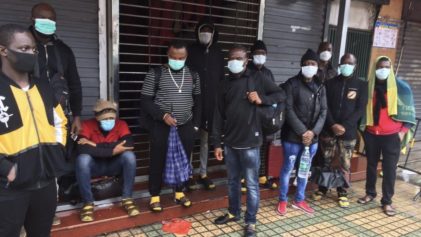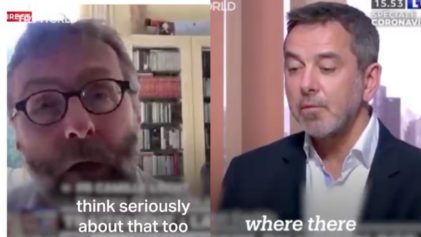DIEPSLOOT, South Africa — On the sunny side of a dusty township street, next to the metal gates of a school, Lucas Moyana’s little shop is just a board propped on four plastic crates like a child’s lemonade stand. For a couple of coins, he sells being cool, sells being free.
A schoolboy in uniform hurries up, barely glancing at the cookie packets, lollipops and candies, grabs a Dunhill cigarette from a red box, puts a match to it and drops 22 cents on the table before hurrying away.
Moyana is at his stand, just a few yards from the school gates, most days from 5 a.m. to 7 p.m.
Asked why he set up next to the school, he looks awkward. “I just decided this was a good spot,” he says vaguely, basking in the hot spring sun. Every few minutes, a customer tosses some change onto his table, plucks a cigarette, lights it.
Africa is Big Tobacco’s last frontier, and companies are conquering the continent stick by stick. Even a child can afford the cost of a single cigarette, 16 cents for Moyana’s cheapest brand.
South Africa has some of the toughest regulations on the continent. Unlike in the United States, though, where the sale of packs with fewer than 20 cigarettes is prohibited, selling cigarettes single, or “one-one,” is not specifically banned here.
It’s twice as profitable for Moyana to sell cigarettes one-one. He doesn’t even bother to display sealed packs. And although it is illegal here to sell cigarettes to anyone younger than 18, he doesn’t turn them away.
Tobacco use is declining in the developed world. It’s reached a plateau in the strongest market, Asia. But it is growing in Africa, because of the continent’s booming population and rapidly expanding middle class.
“This is a major battleground,” says Yussuf Saloojee of South Africa’s National Council Against Smoking. “The African population is very young. If they can hook customers now, they’ve got customers for the next 40 or 50 years. So the prospects of an increasing market share are very good.”
Read more: Robyn Dixon, LA Times


